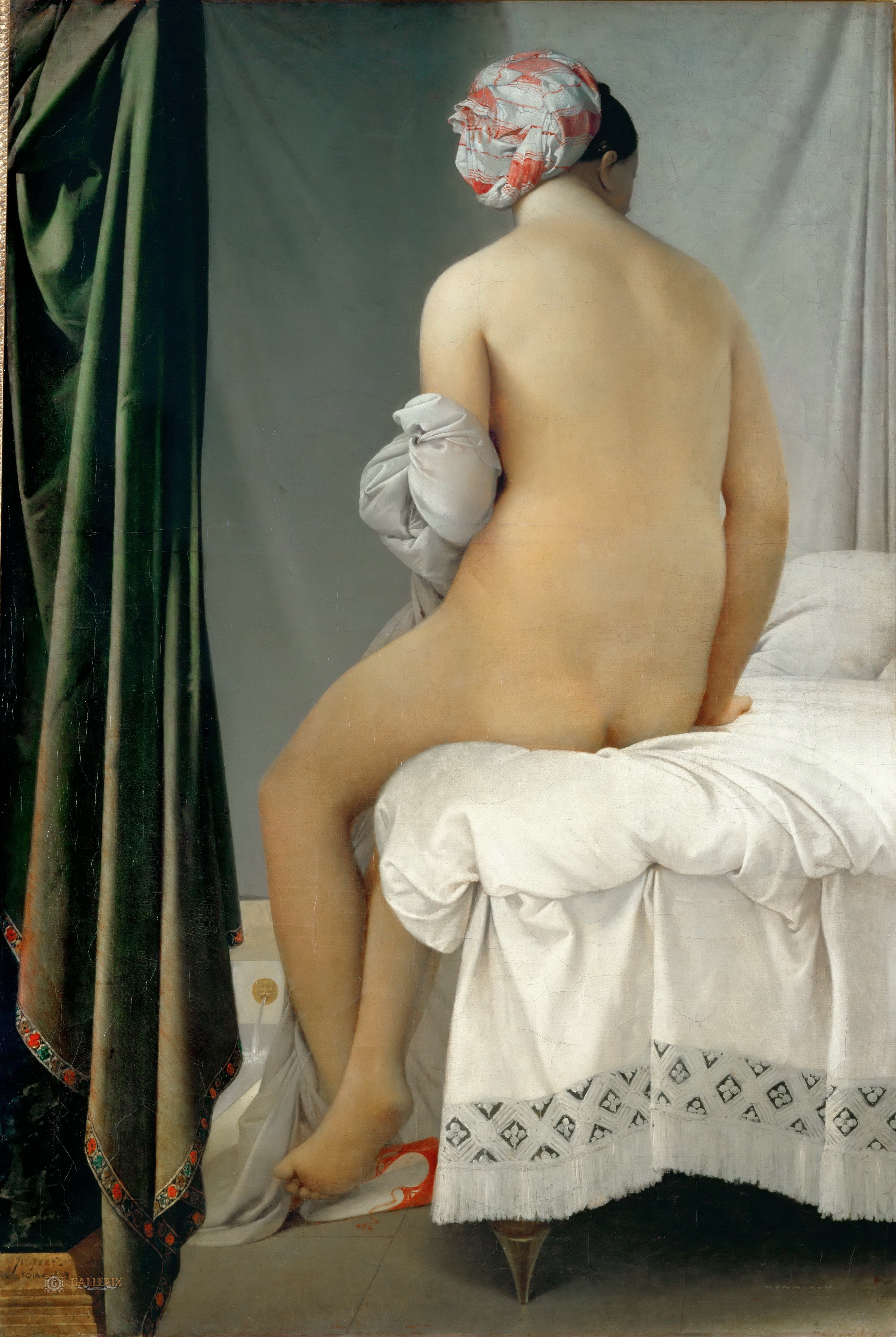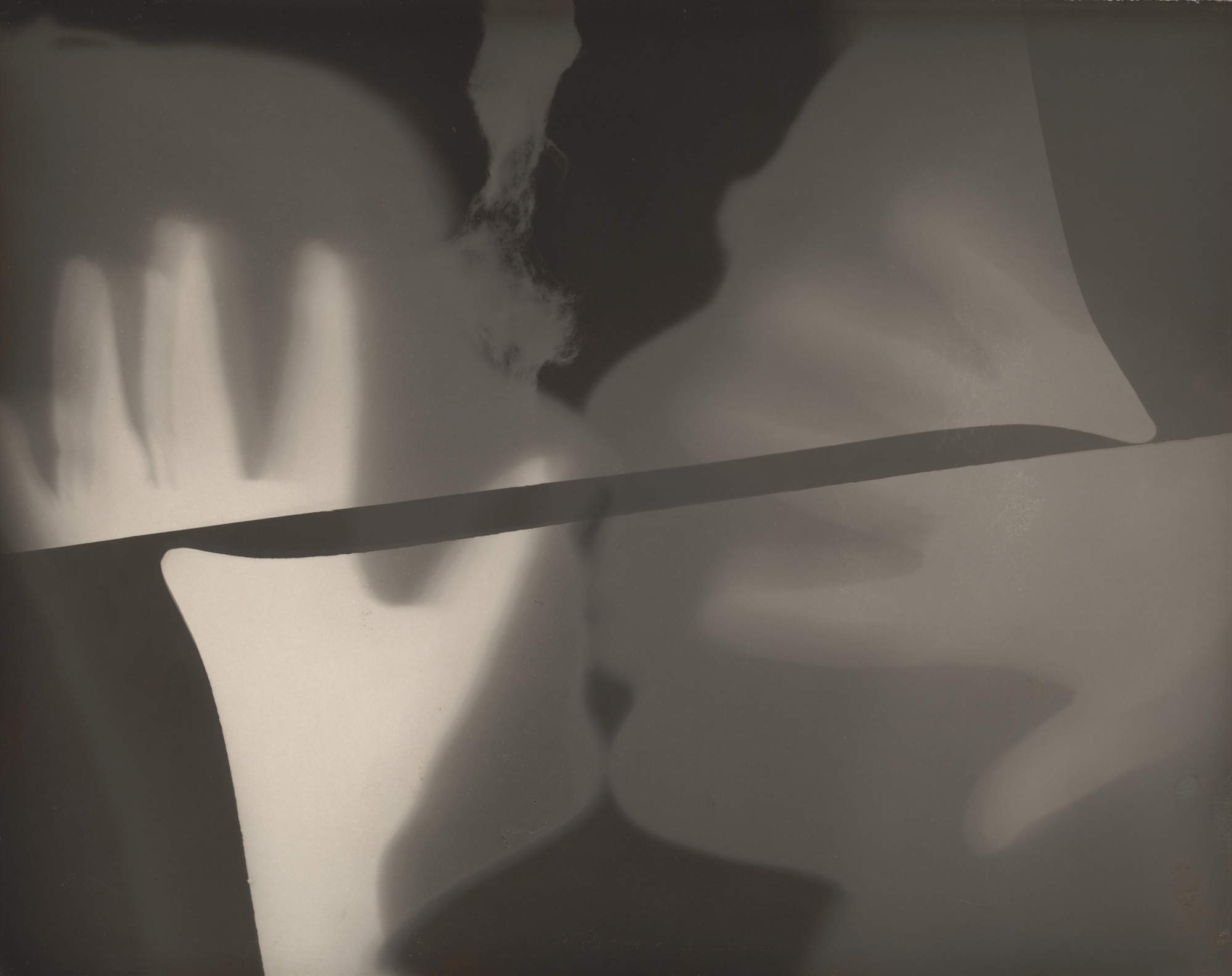Man Ray considered himself to be a painter first and a photographer second – an element distinctive to his work. He specialised in “surrealist photography” – a term which seems contradictory. As Man Ray entered Paris from the US in 1921, he frequented the Dada group, which eventually developed to the surrealist movement in 1924. He regularly collaborated and contributed to their magazine, “Surrealists Revolution” acting as their only photographer – using a traditionally realist medium to go against it. A camera was a good translator for the surrealist obsession with automatism. His unique perspective influenced the work of surrealism and is still influential to the world of photography.
Surrealists (who were predominantly male) stood prone to using women as tools, Man Ray included. This is observed in one of his primary methods of opposing realism, the objectification of subjects, clear in one of his most well-known pieces – “Le Violon d’Ingres” (Ingres’s violin). The surrealist element in this piece arises from the subject and the viewers’ interpretation. The photograph focuses on the body of the woman, eliminating her identity and by the manipulation of the photograph and the addition of “f”, he turns the suggestive nude into an instrument to be played and an object to be obtained. The objectification plays on the concept of the traditional nude. This piece consequently plays an ode to a previous piece by Jean Auguste Dominique – “The Valpicon Bather”. By drawing influence upon a well established nude, he intuitively draws a comparison upon another objectified nude. The entity in subjected to the viewers’ gaze. In turn – it also shows the influence of earlier artworks on Ray.


A further way of problematising realism comes from a more direct approach – image manipulation. Ray’s two main methods were his favoured rayographs and the application of solarisation. He obtained photograms by placing an object directly on photosensitive paper and exposing it to light, resulting the transfer of an object with tones of various intensities. It is interesting to note that this was not a new method, but one which had previously been favoured by botanists, who would use sunshine for exposure, allowing them to study flowers and leaves in greater detail. Man Ray’s rediscovery of this method was revolutionary for the surrealist opposition of reality. He eventually took ownership of this technique by renaming it “rayograph”. He experimented with a range of subjects, from people to spirals and was able to capture the essence of an object without the involvement of a camera. By exploiting the properties of traditional photography he was able to question the viewers’ perception. Furthermore, by leaving the final product to chance, Man Ray paid respects to Dada.
“Untitled Rayograph” exemplifies the best use of this method. Familiar objects create an unfamiliar scene, bordering the uncanny. This questions the viewers’ interpretation of realism, forcing them to create their own vision.

A simplified version of this practice is seen in his more widely known piece “The Kiss”, portraying him and his wife (Kiki de Montparnasse) sharing an intimate act. Although the context and the subjects seem familiar, it demands the viewers intervention while also making them uncomfortable, being subjected to such an personal moment. He created this piece by scanning a pair of hands and their heads and layering them. The viewers’ personal perspective adds substance and meaning to the photogram. The dream-like image conforms to the surrealist ideals. It is mystical while still remaining grounding by its methods.

In his later works, he made use of process named Solarisation. The method includes a source of light being turned on and off while the image is developing and creating a glowing border – and an otherworldly effect. The dark areas were forced to lighten, and the light areas to darken and in a way reversing reality. This proved to be quite a manipulative medium, as he learned how to further influence the outcome and vary the intensity of tones.Solarisation was mostly effective within the use of portraiture. The artificial halo completely encapsulates the subject. In his print “The sleeping woman” , the halo is both protecting and furthering her from the waking world. This piece questions the concept of reality and the unconscious, while paying homage to surrealist obsession with dream states.

All in all, Man Ray’s development of photography methods were revolutionary and highly influential. A the time of the rising popularity of the camera, he was able to take a medium traditionally used for capturing reality and manipulating it to achieve a product which was able to fit into surrealist ideals. From the objectification of his subjects – showing that reality has many different interpretations, to the direct intervention of methods used, he was able to explore the new found freedom achieved by surrealists. With his range of techniques and methods he breathed new life into early photography – with his influence still apparent today.